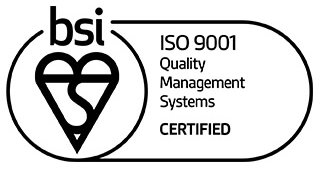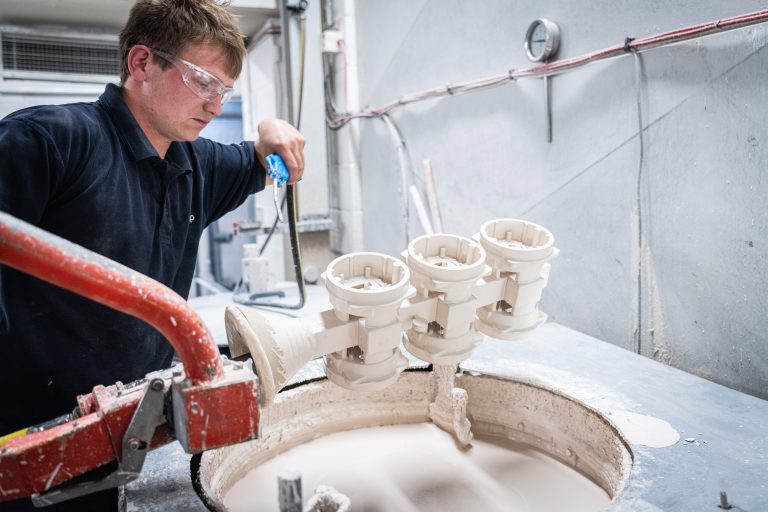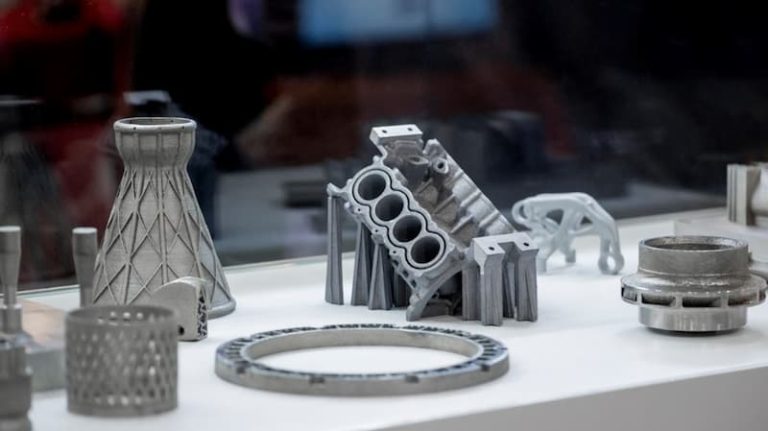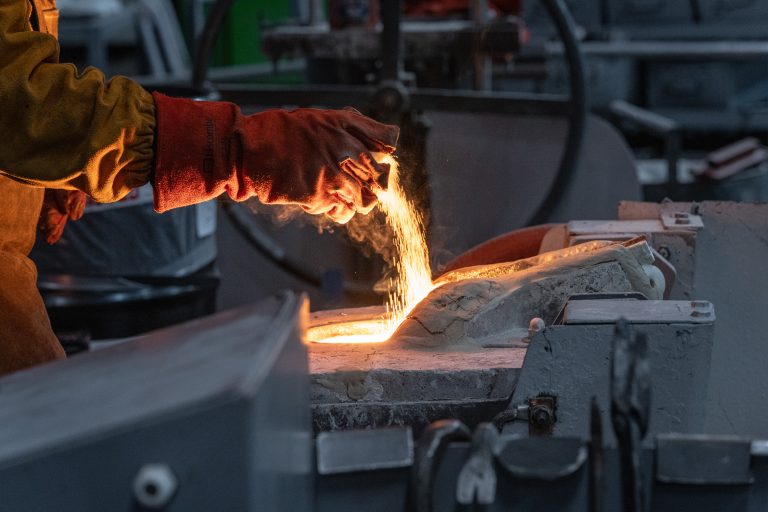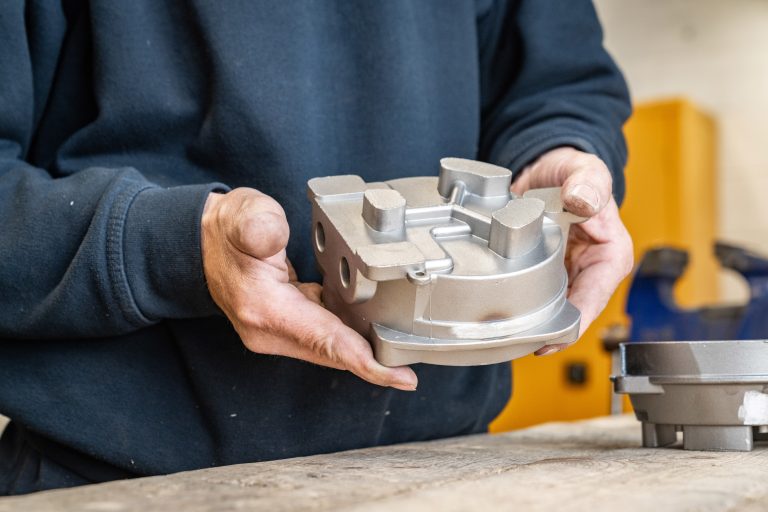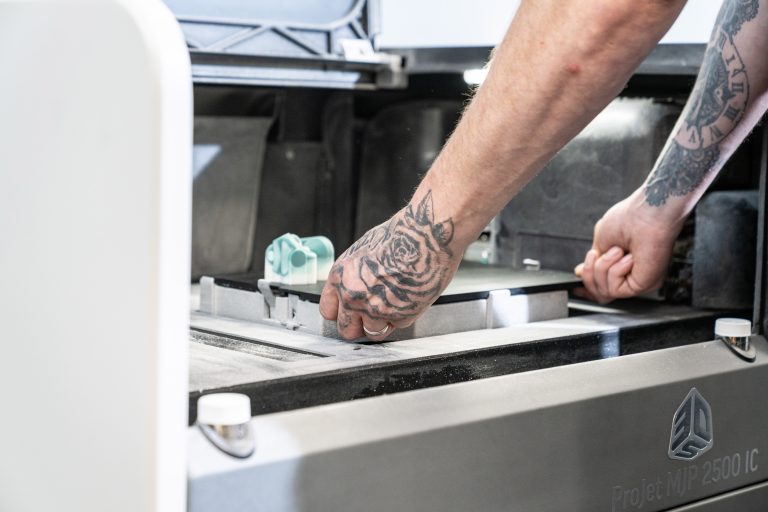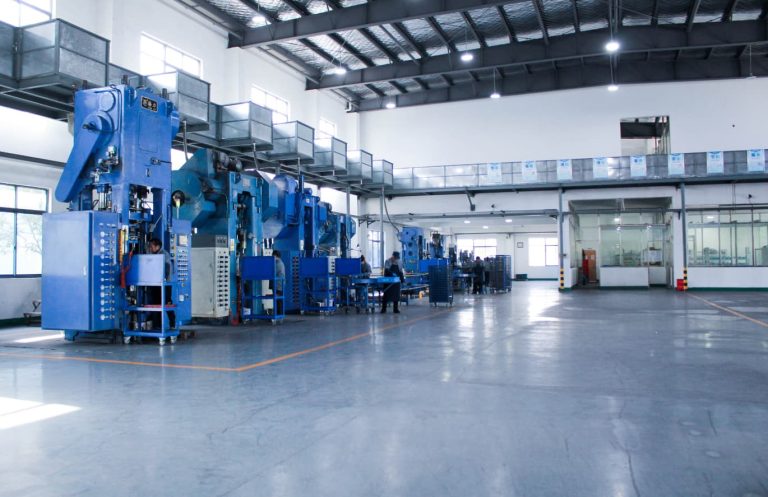Services
Our Manufacturing Processes & Services
Specialising in investment casting with UK manufacturing facilities, we also provide fully risk-managed and quality-assured low-cost China supply of higher volume investment castings, die castings, MIM and forged parts, including additional processes of machining, heat treatment, assembly and various surface finishes.
© 2025 Dean Group International
Registered in England VAT No: 146307478 Company Registration No: 1062820
Registered in England VAT No: 146307478 Company Registration No: 1062820
Designed, Developed & Powered by SQ Digital
